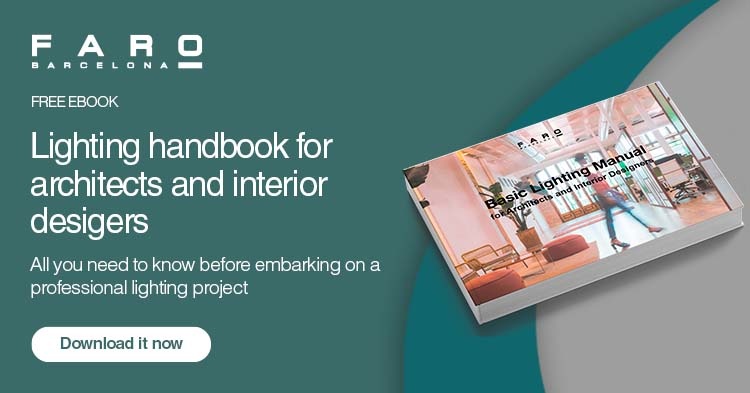The Ingress Protection Rating, also known as IP, is an international standard (IEC 60529) that classifies the degree of protection of the enclosure material of electrical equipment against solids and liquids, such as dust, rain and others.
This is a standard used in most countries in the world, as it is compulsory for electrical and lighting products to indicate the IP degree of protection. In this way, the user can know whether the luminaire or lamp he has purchased is suitable for installation in a given environment.
How to interpret the IP Rating
Let us now look at how to interpret the IP of a product. The degree of protection always consists of the acronym IP and two digits:
- The first figure indicates the protection against solid bodies.
- The second figure refers to protection against liquid bodies.
Once we have understood the logic of the IP protection rating, we show you what each number means according to its position.

As you can see, the higher the number, the stronger the envelope material. For example:
- • The figure "6" in the first position means that the luminaire is fully protected against dust. It will be perfect for uncovered exteriors.
- The figure "5" in the second position ensures that the product is protected against jets of water, such as rain for example.
Finally, if a criterion has not been tested, the number is replaced by the letter X (e.g. IP X6 means that the material has not been tested against penetration by solid bodies). An example can be found in the following video:
Typical degrees of protection
Here are the most commonly used IPs and what they are used for:
What does IP20 protection mean?
Indicates protection against solids larger than 12mm and no protection against liquids. This is the usual IP rating for indoor luminaires.
What does IP44 protection mean?
Indicates protection against solids larger than 1mm and splashing water. Recommended for general bathroom lighting.
What does IP54 protection mean?
Indicates protection against dust and splashing water.
What does IP65 protection mean?
The IP65 protection rating ensures that the luminaire is dust-tight and protected against larger jets of water and splashes. For example, it is ideal near bathtubs, showers or in outdoor garden areas away from fountains or swimming pools.
What does IP67 or IP68 protection mean?
IP67 indicates dustproof and immersion protection for 30 minutes. For example, it is suitable for spaces near bathrooms or showers. IP68, on the other hand, indicates protection against dust and immersion for more than 30 minutes, making it ideal for use inside swimming pools or bathtubs.
Is the IP degree of protection important?
When buying a luminaire, yes, if you are looking to light the garden or the bathroom, you should take this into account for safety reasons. For example, you need to know whether the lamp is resistant to rain or condensation in the bathroom.

Degree of protection in the bathroom
In the bathroom, we need to know whether the lamp is resistant to rain or condensation in the bathroom. We therefore recommend the following IPs in each of these areas:
- General or mirror lighting. For this area, it is recommended to use luminaires with an IP44 rating, depending on the size and type of ceiling.
- Space near the bathtub. In this case, we will need IP65 luminaires so that they are protected against splashing water.

Degree of protection in the garden
Finally, to illuminate the garden, we recommend:
- On porches or semi-covered areas, an IP44 will suffice.
- In uncovered landscaped areas, we recommend IP65.
- Near the pool, we will need an IP67.
- Inside a swimming pool they should have IP68 which is the maximum protection against solid bodies and prolonged immersion.
We hope that from now on choosing a lamp for one of these areas will be much easier.



